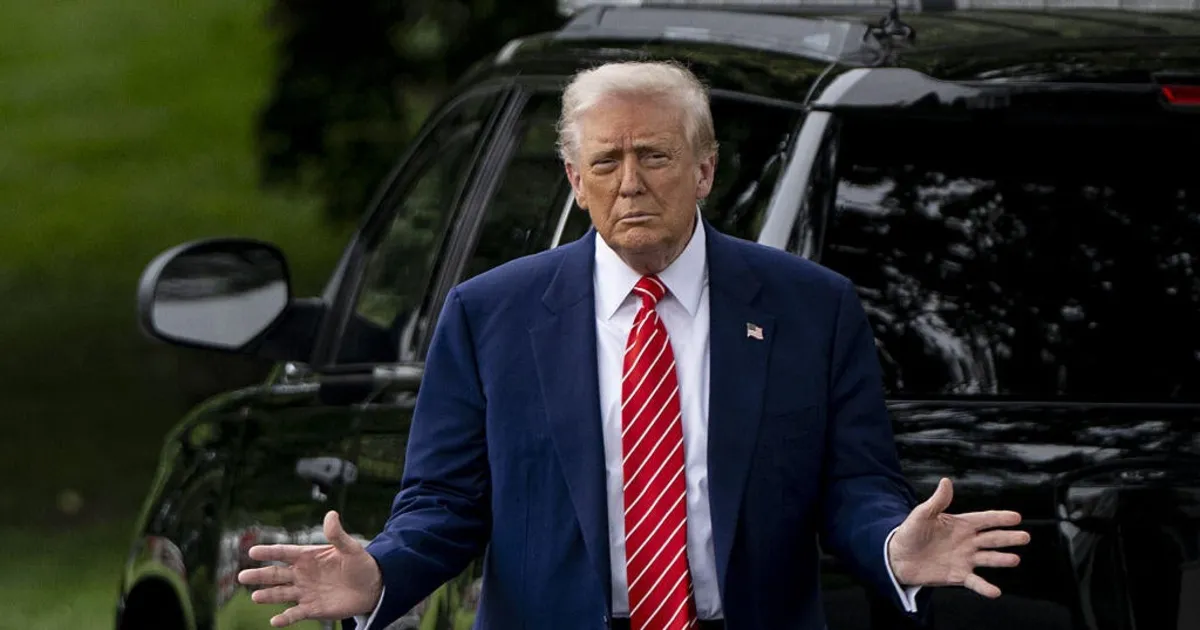
In a significant ruling on Friday, an appeals court declined to suspend a California judge's order that prevents the Trump administration from implementing cuts to the federal workforce. This decision means that the proposed reductions led by the Department of Government Efficiency (DOGE) will remain on hold for the time being.
The Ninth Circuit Court of Appeals issued a 2-1 ruling, rejecting the White House's request to stay the injunction. The court highlighted that the Executive Order concerning workforce reductions significantly surpasses the supervisory powers granted to the President under the Constitution. The ruling emphasized that while the President possesses extensive removal powers concerning appointed officers of federal agencies, any substantial reorganization efforts require adherence to legal frameworks.
The legal battle began when U.S. Judge Susan Illston of San Francisco issued an injunction in response to a lawsuit filed by labor unions and several cities, including San Francisco and Chicago, questioning the legality of the Trump administration's attempts to downsize the federal workforce. Judge Illston's order raised serious concerns about whether the administration was operating within its legal rights to reduce federal employment.
President Trump has consistently argued that voters bestowed upon him a mandate to transform the federal government. To spearhead this initiative, he appointed billionaire Elon Musk to lead the charge through DOGE. The administration has already seen tens of thousands of federal employees either terminated, resigning through deferred resignation programs, or placed on leave. Although there is no official tally of job cuts, reports indicate that at least 75,000 federal employees opted for deferred resignations, and thousands of probationary workers have been dismissed.
Judge Illston's order specifically instructs numerous federal agencies to refrain from acting on the President's workforce executive order, which was signed in February, as well as a subsequent memo issued by DOGE and the Office of Personnel Management. In her ruling, Illston, who was nominated by former President Bill Clinton, stated that while presidents are permitted to initiate large-scale reforms of federal agencies, such actions must be executed in collaboration with Congress.
Attorneys representing the government argue that the executive order and accompanying memo outlining substantial personnel reductions and reorganization plans merely provide general guidelines for agencies to follow. They assert that it is within the discretion of individual agencies to make their own decisions regarding workforce management.
This ongoing legal battle underscores the complexities of federal workforce management and the balance of power between the presidency and Congress, raising questions about the future of government efficiency initiatives under the current administration.